If It's Paper, 2429 Main Street: Late December 2010 (open again) 7 comments
When I started Computer Science at USC, we submitted "jobs" to the central campus computer on punched cards. These cards had 80 colums and were created on a "keypunch" machine, which was a typewriter-like keyboard affixed to a rather imposing and noisy machine about the size of a large gas grill. The punch would print what you had typed across the top of the card, and punch out chads underneath each letter or number to create a digital representation of the symbol. This was a very mechanical process and with lots of paper chips flying around, the machines tended to jam with some regularity -- so much so that the computer lab operators kept special tools (hacksaw blades carved into curved hooks) to unjam them. Obviously, since you were actually punching holes in the card, there was no way to "undo" a mistaken keypress. Once you got your cards punched correctly (or what you thought was correctly) you took them to a "card reader" which was sort of a cross between a vacuum cleaner and a las-vegas card shuffling machine, and assuming it didn't jam as well, it sent them down a leased line to the Amdahl at CSD (it had been an IBM-370, but the rumor we heard was that the guy who authorized buying it got sent on an all expense paid vacation by IBM and so the State required it to be re-bid).
I am going somewhere with this, and I'm starting to get there now: When your "job" was processed, the output was printed at the computer lab on a band printer with green fanfold paper, and it was printed entirely in upper case (and usually with a fading ribbon). So here's what I'm driving at: The whole process was more difficult than using a typewriter and the output looked worse. The idea that using a computer would make writing easier or look better would have sounded pretty stupid to me in 1980.
That's why it was a real revelation to me when I got access to the PDP-11 minicomputer at the CSCI department and discovered a non-IBM environment called Unix (the spirtual ancestor of Linux). Apart from its many advantages as a platform for programming, the first commercial sales of the system (which had been developed for internal use by then monopoly AT&T) had been driven by its documentation tools, including the text processor troff. Not only did the system have tools that made formatting documents much easier than typing -- the department actually had a printer which would print both upper and lower case!
I was hooked, and even though troff is now considered obsolete, I use it to this day for any significant document I have to do unless I'm specifically told I must use Word. (Or as I put it: If troff won't do what I want -- I change what I want). Thus, when it came time to do my thesis, I knew I wasn't going to type it on a typewriter. By that time, I had a daisy-wheel printer (remember those?) at home and a stripped down PC version of troff that would do for proofing when I couldn't access the department mini. The only fly in the ointment (aside from actually writing the darn thing) was the fact that the University required that all theses be submitted on 50% rag paper.
First of all, I didn't even know what that meant. It certainly sounded weird. How would I even know such paper? As it turned out paper with a high rag (cotton) content lasts longer, or as Wikipedia puts it (not that I could look it up there then!):
Certain cotton fiber paper is known to last hundreds of years without appreciable fading, discoloration, or deterioration;[1] so it is often used for important documents such as the archival copies of dissertations or theses. As a rule of thumb, for each percentage point of cotton fiber, a user may expect one year of resisting deterioration by use (the handling to which paper may be subjected).[2] Legal document paper typically contains 25% cotton. Cotton paper will produce a better printout than copy paper because it is able to absorb ink better.
OK, that sounded good, except for the part where I wanted to feed my thesis through a daisy-wheel printer in fanfolded, sprocket-driven form. Was my box of fanfold paper 50% rag? It was not. Was any box of fanfold paper at Softek 50% rag? Nope. Was any box of fanfold paper at any office supply store in Columbia 50% rag? Apparently not.
Enter If It's Paper. What I was looking for certainly was paper, and the implication of their name was If it's paper, then we have it. So, to bring this in for a landing -- the one time I walked into If It's Paper, looking for something I had never heard of until a few days previously, and which apparently not only did not exist anywhere in Columbia, but did not even have anyone who understood what I was asking for anywhere in Columbia, they knew exactly what I wanted and had a shelf full of it. Mission accomplished.
Of course, now I would google it and probably find someplace online within a few seconds -- I don't know if that was a factor in closing the store, but I do know I was glad to have it then.
(Hat tip to commenter BethB)
UPDATE 10 March 2011 -- Open again!
UPDATE 28 June 2011: I've been meaning to get some better pix of the store now that it's open again. The State also ran a nice story about the place. In essence, International Paper decided it didn't really want to be in the retail business despite the store making money and closed it. A local investor and the store manager got together to buy the name from International and re-opened as an independant business.
7 Responses to 'If It's Paper, 2429 Main Street: Late December 2010 (open again)'
Subscribe to comments with RSS or TrackBack to 'If It's Paper, 2429 Main Street: Late December 2010 (open again)'.
-
tonkatoy
19 Jan 11 at 7:47 am
-
Not to be argumentative , but the housing bubble bursting and the resulting economic downturn probably had more to do with businesses closing then the streetscaping. I own a business downtown that had the streetscaping done in front of it for more than a year. The reality of it is, most of the business that were affected by the work were already in trouble, the work just hastened the end.
Jeff
19 Jan 11 at 11:32 pm
-
Ted,
As a computer programmer, Linux user/advocate, and USC alumnus, I enjoyed reading this post. Though it would have been cool to have experienced that age of computing, I'm certainly thankful that I didn't have to print my programs onto punch cards during my time at USC in the early 2000s.
Out of curiosity, was Ronald Bonnell teaching at USC when you were there? That guy had to have been in his 70s when I was at school. Speaking of earlier ages of computing, Bonnell mentioned once that he used to work for IBM back in the day; he was flipping switches on and off on those big room-sized computers. Punch cards don't look so bad now, do they?
kkaos
20 Jan 11 at 1:01 pm
-
Kkaos,
That's not a name I recall..
ted
20 Jan 11 at 1:22 pm
-
Paper Pro is much better than If it's Paper, the people their are friendly, kind, and very helpful.
David
2 Mar 11 at 8:18 pm
-
We used "If It's Paper..." as a source for several types of specialty paper for our wedding. Great source. Great people. Glad to have a place like that locally, as most of the online sources we found were just as expensive and we would have gotten KILLED on shipping costs.
Tim
30 Jan 12 at 11:24 am
-
They're now moving to 1801 Gervais.
http://www.thestate.com/2012/03/30/2213401/retail-center-to-open-in-vista.html
tonkatoy
30 Mar 12 at 7:22 am

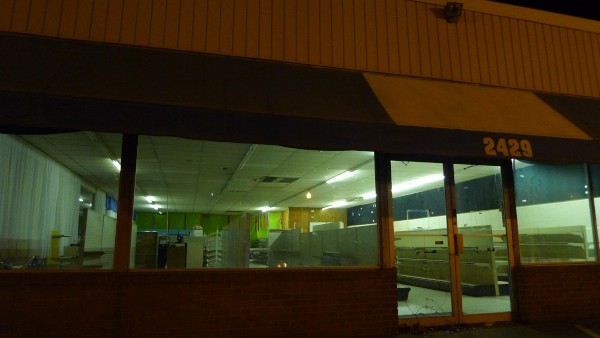
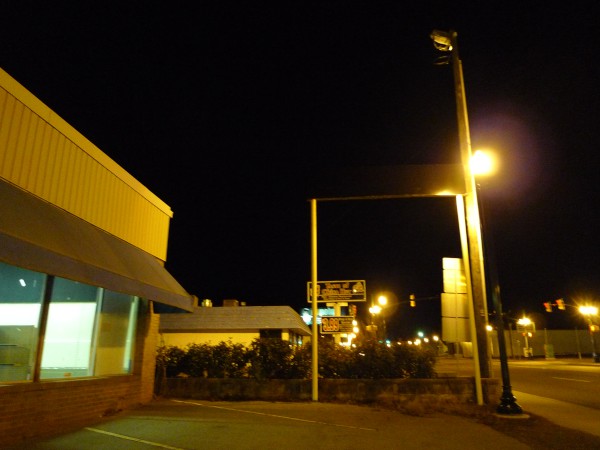
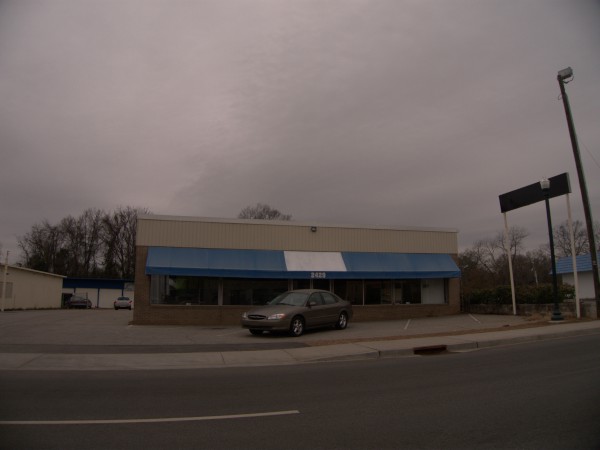
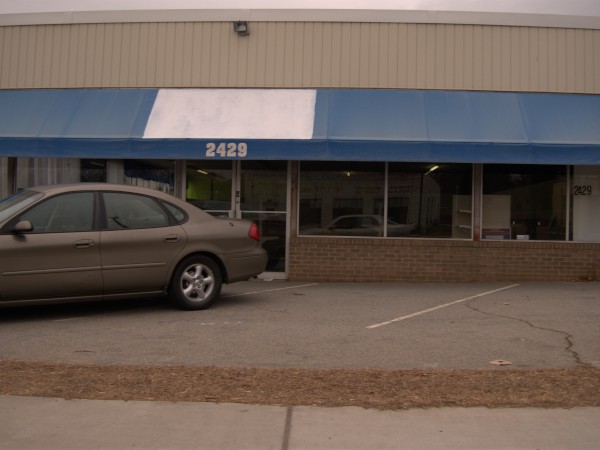
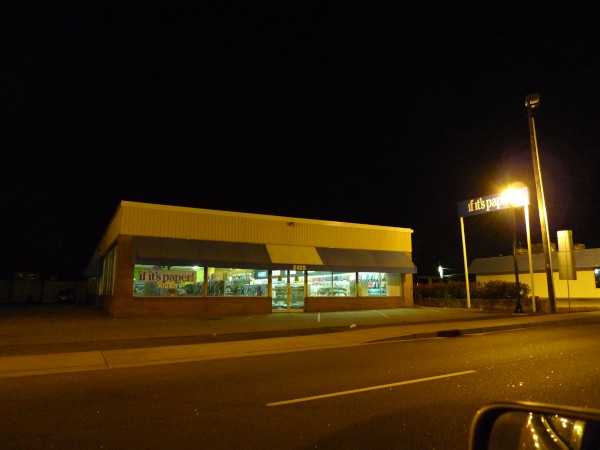

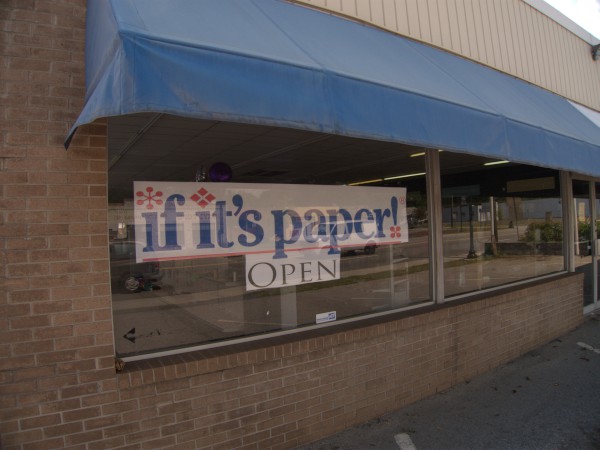
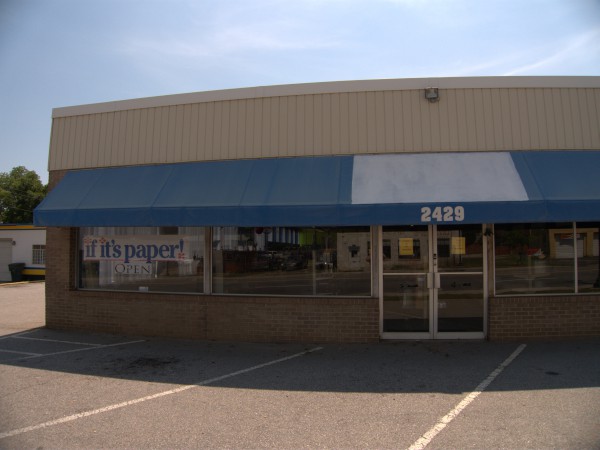
Those punch cards were called Hollerith cards. The older boys told me if you were really a jerk, they'd add an extra hole to a randon card 30 cards or so down and really wreck your program.
Those daisy wheels were really pretty damn loud and annoying, too.
My dad would bring us home reams of used computer paper back in the 70s to draw on.
As for If it's Paper, I'm sure the four year long streetscaping did it no favors. It is going to be interesting to watch what develops on that stretch of road. In the year since completion, I've seen buisnesses fold, but nothing new appear. Yet again, another nod to the poor leadership and decsion making of Columbia's 'leaders.'